8 myths about electric cars
Concerns about the environmental benefits, dangers, and longevity of EVs and their batteries are often misplaced

Like it or not — and some people really don’t like it — electric vehicles are here to stay and are likely the cars of the future.
Every major automaker has pledged to make EVs their main — or, in some cases, only — automotive product in the future, ditching gas-powered cars entirely. However, as the current market for EVs remains competitive and demand growth slows, some are using hybrids as a hedge.
Americans are still skeptical of the technology despite its surge in popularity over the past several years. A combination of misconceptions and flat-out myths about EVs are partly to blame, especially as automakers and their partners have improved their cars.
Here are eight of those myths — and, more importantly, why they’re myths.
2 / 9
Myth 1: EVs have a higher carbon footprint
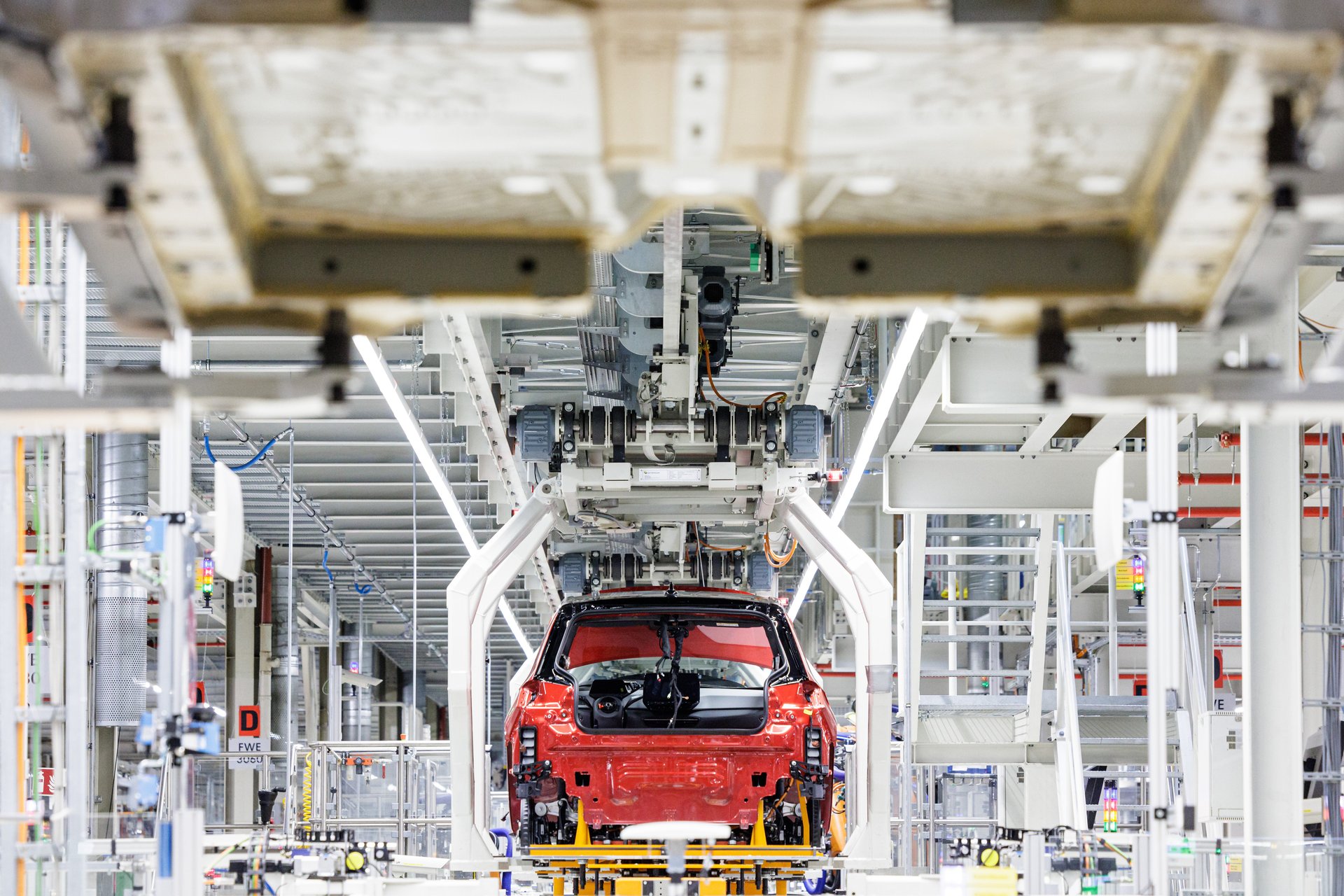
Although EVs don’t use fossil fuels for power like gasoline cars do, there are still emissions involved in their production. However, that doesn’t mean they’re just as bad — or worse — than their gas-powered counterparts.
Electric cars require six times more minerals than your typical vehicle, which will require much more mining in the future. Getting those minerals has pushed automakers to rely on supply chains that can depend on risky tech and, more alarmingly, are infested with forced labor.
Before taking into account emissions from mining, manufacturing, refueling, and disposing of old cars, EVs emit less than a third of the emissions compared to gas-powered vehicles. When those factors are included, fossil fuels still generate about twice as much carbon, according to The Washington Post.
3 / 9
Myth 2. EV batteries just don’t last
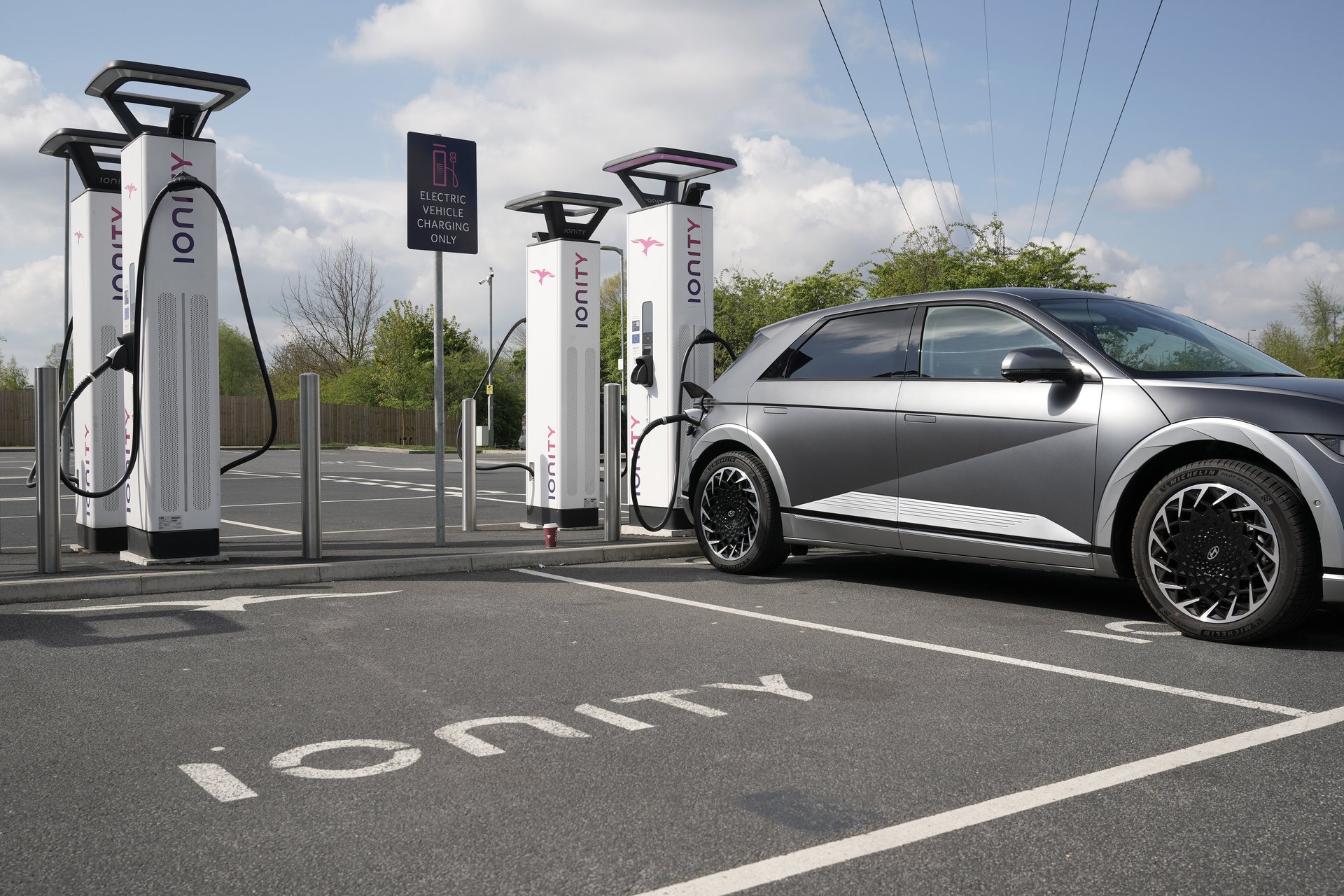
One of the more common misconceptions about electric vehicle batteries is that they don’t last very long, needing to be replaced every five or so years.
According to Car and Driver, every automaker with an EV currently being sold offers battery packs with at least an eight-year, 100,000-mile warranty. The Department of Energy estimates that most batteries will last longer, with a shelf life of between 12 and 15 years.
Eventually, that could mean some batteries will outlive regular cars entirely. The average vehicle in the U.S. is a record 12.6 years old, according to S&P Global Mobility.
Chinese battery firm Contemporary Amperex Technology Co Ltd, or CATL, recently launched an EV battery with a 15-year life span and the capability of going 932,000 miles. The firm has worked with Stellantis, Ford Motor Co., Volkswagen, Tesla, BMW, and other automakers.
4 / 9
Myth 3: EV batteries end up in landfills

The majority of U.S. adults (71%) are concerned that EV batteries will end up in landfills, according to a study by Ascend Elements, a Massachusetts-based battery maker. More than half of respondents said they would end up in “toxic” landfills.
Generally speaking, that’s not the case.
For starters, some people like to hold on to their old batteries as an extra source of energy. As long as there is still some residual energy, that battery can be used to store energy from solar panels, according to National Grid.
Most often, they’re shipped off by auto recyclers to firms that dismantle them for their parts and metal, like nickel and lithium. Battery cells can be valuable thanks to the expensive minerals inside of them, leading some firms to capitalize on recycling as a business opportunity.
One of the largest EV battery recycling firms is Redwood Materials, a startup launched in 2017 by former Tesla employee and chief technology officer JB Straubel. The company recycles the equivalent of 25,000 dead EV batteries each year, according to Bloomberg News, and has partnered with automakers like Ford and Volkswagen.
5 / 9
Myth 4: EVs will devastate the electric grid

Electricity demand is set to increase by around 4% this year, up from 2.5% in 2023 and marking the highest annual growth rate since 2007, the International Energy Agency said in July.
Part of that increase is due to rising sales of electric vehicles, of which 1.4 million were sold in the U.S. last year. As more get on the road, more electricity will be needed to match that demand. Thankfully, it looks like the national grid won’t be much affected, assuming that energy production continues to grow over the next few decades.
Consumer Reports last year found that it will take until about 2050 for all vehicles on the road to be electric, even if all new cars sold by 2035 are EVs. By then, electricity demand would likely increase by 1.1 trillion kilowatt hours, or 26%, compared to demand in 2023.
On average, that demand for EVs would require electricity production to grow by just 1% each year, well below the average annual growth rate.
Governments have also taken action to lessen pressure on the grid. Many local governments, for example, use peak and off-peak hours and prices to encourage drivers to charge when overall demand is lower. Through vehicle-to-grid systems, EVs can sell power back to support the grid.
6 / 9
Myth 5: EVs have a higher risk of catching on fire

One of the scariest things for a car owner to imagine is probably their vehicle lighting on fire — especially while they’re behind the wheel. That fear has been compounded thanks to the lithium-ion batteries used in EVs, which have caused some alarm.
Luckily, EVs aren’t actually that much at risk of catching ablaze. Or at least not as much as gas-powered vehicles.
For every 100,000 EVs sold, just 25 fires occur, according to Kelly Blue Book, which cited an analysis of National Transportation Safety Board data. Hybrids were involved in about 3,475 fires per every 100,000 sold, while gas-powered cars were involved in 1,530 for every 100,000 sold.
What can be concerning is the potency of the flames caused by an EV battery fire, as firefighters in California recently found out.
It took about 50,000 gallons of water — and calling in an aircraft to drop fire retardant — on a Tesla Semi to extinguish the flames caused by a crash. That battery reached temperatures of 1,000 degrees Fahrenheit while it was on fire. In 2021, the NTSB said that high-voltage EV battery fires pose safety risks for first responders and called current guidelines from manufacturers inadequate.
7 / 9
Myth 6: EVs don’t have enough range
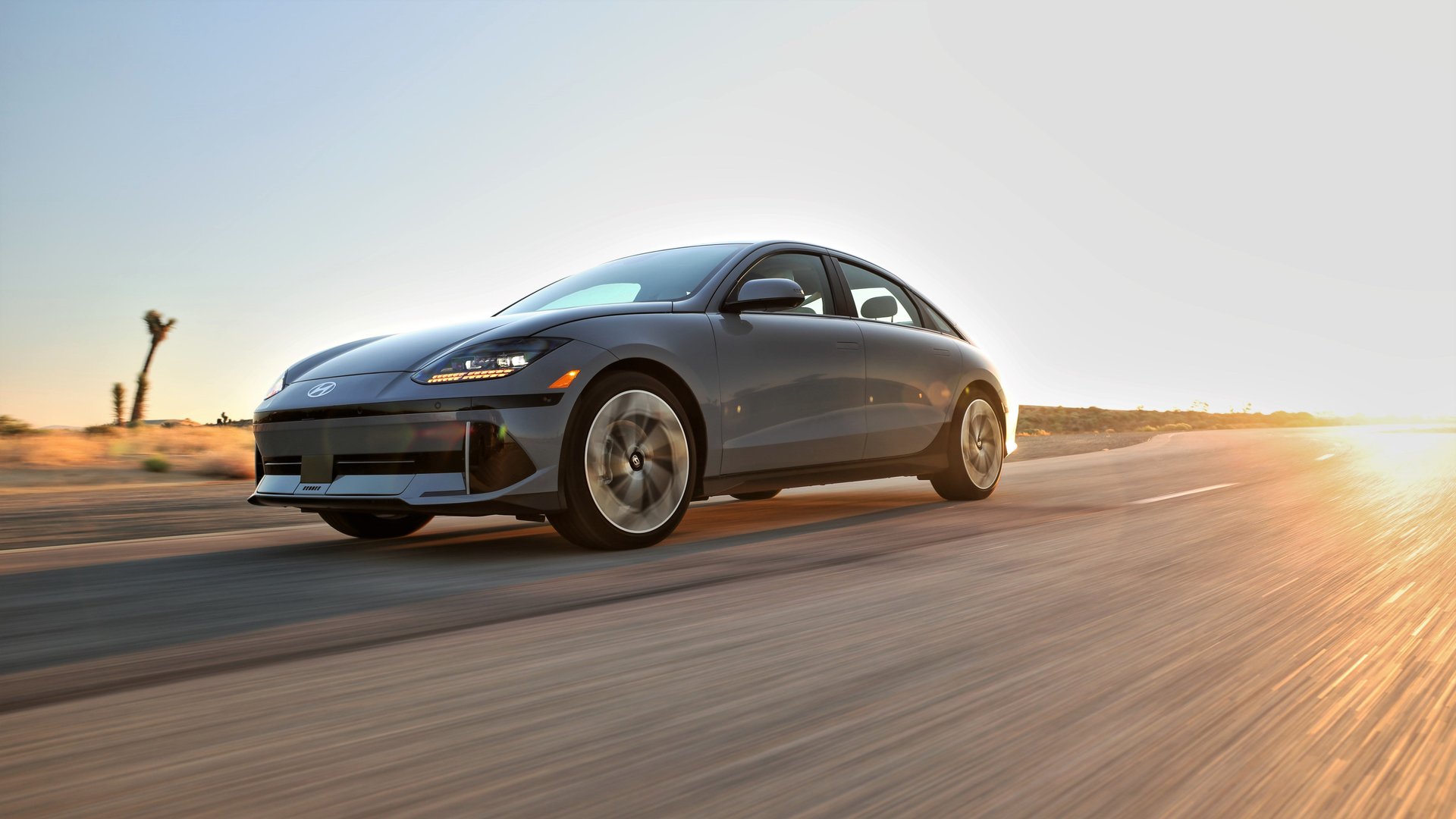
Range anxiety — also known as charging anxiety — is the fear that a consumer’s car will run out of juice before they can reach a charging station. It’s been one of the most common and persistent issues holding consumers back from switching to an EV. About half of U.S. adults cited worries about range as a reason to avoid buying an EV, according to a recent poll.
North America currently has 213,021 public and private charging ports, and 78,377 charging stations, according to the Department of Energy. But the country needs to multiply that by six to reach full electrification by the 2040s.
But, while improvements to North America’s charging infrastructure are sorely needed, most people don’t really need to be worried. As of the beginning of 2024, there are at least 30 EV models that U.S. consumers can buy that can go 300 miles or more on a single charge, as Bloomberg News reported in March. Another 20 will be on sale by the end of the year.
For comparison, the typical car owner drives 13,476 miles per year, or 37 miles per day, according to federal data. The biggest gap between range and chargers is visible during road trips, where chargers can be more scarce, depending on where a driver travels to. Someone driving in Wyoming will have a much more difficult time finding a charging station compared to someone in Texas or California.
Additionally, despite a shaky start, the federal government has started handing out more funding provided by the National Electric Vehicle Infrastructure (NEVI) Formula Program. State governments will draw from NEVI’s $5 billion budget to hire firms to make charging stations. Eventually, the government aims to fund federal chargers in every state.
8 / 9
Myth 7: EVs are way too expensive
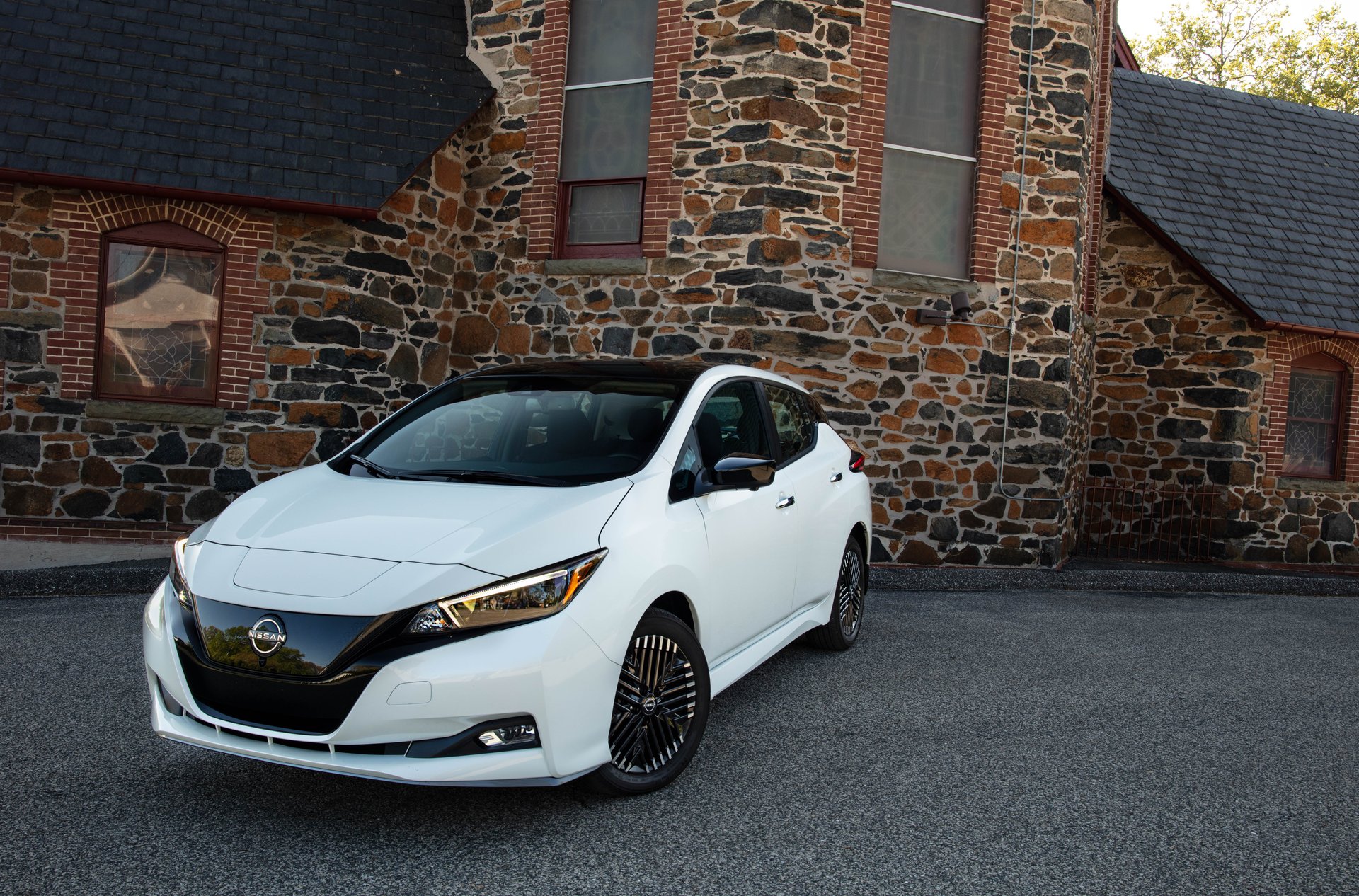
Fifty-nine percent of respondents to a poll of more than 6,200 U.S. adults in June said high costs are a major reason why they haven’t adopted an EV, while another 23% said it was a minor reason, according to The Associated Press-NORC Center for Public Affairs Research and the Energy Policy Institute at the University of Chicago, which conducted the research.
But, by and large, EVs are much closer to the price of hybrid cars and gas-powered cars than many realize. Although, that gap isn’t readily visible at a glance.
The average EV went for $56,575 in July, compared to $48,166 for all new vehicles, according to Kelly Blue Book’s latest figures. That’s a big difference up front, coming in at $8,409, although it’s been lowered thanks to automaker incentives and government tax credits.
However, advocates argue that consumers have to look beyond the initial cost of buying a car, often pointing to the cost of owning and maintaining an EV. Electric vehicle owners spend about $300 less on maintenance than consumers with gas-powered vehicles, and avoid some of the regular maintenance that gas-powered cars need.
9 / 9
Myth 8: EVs are too heavy for roads
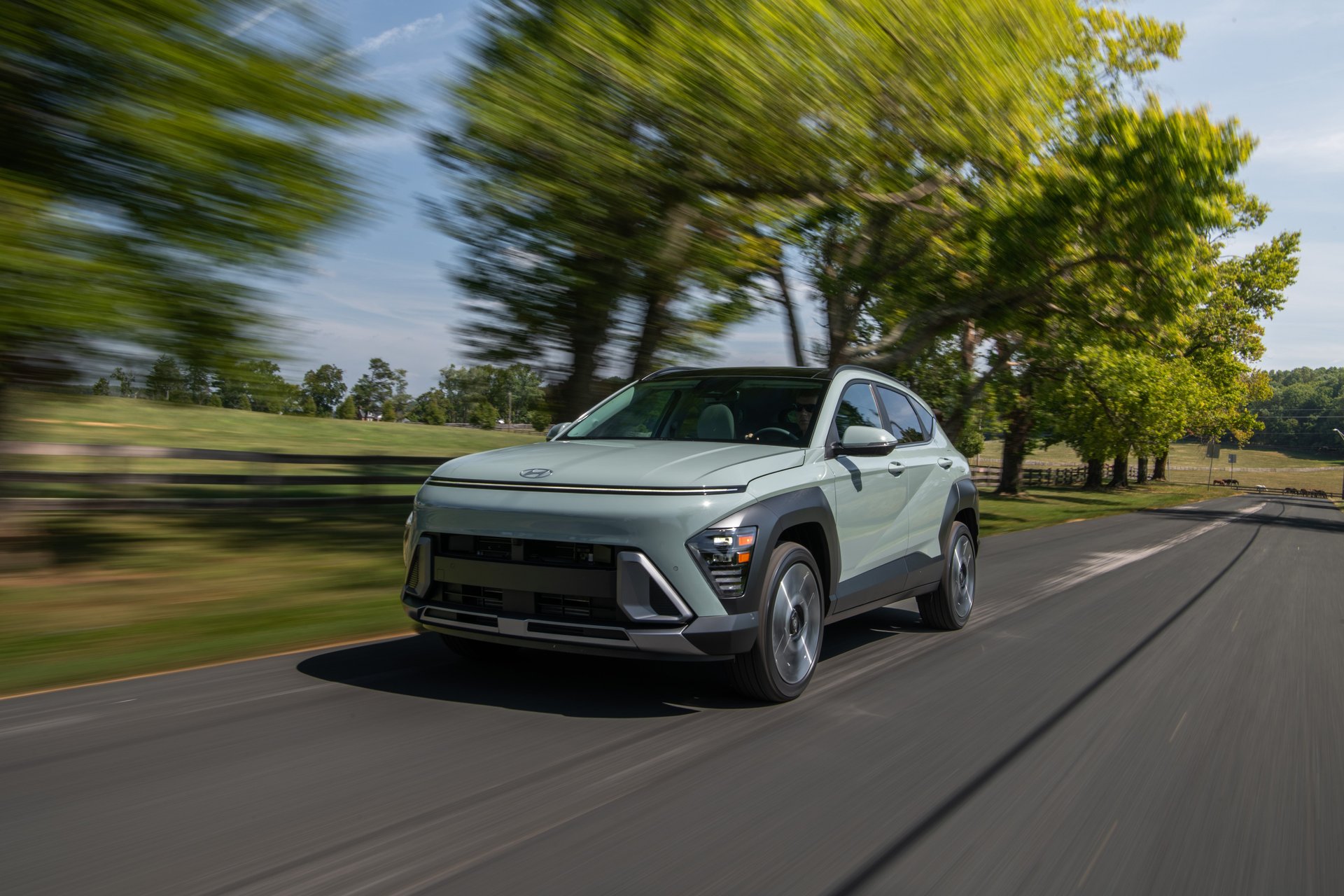
Electric vehicles are — in almost every case — heavier than their gas-powered counterparts. On average, they’re 30% heavier than gas-powered cars, primarily because of their batteries, which are considerably larger and heavier than conventional car batteries due to their need to store more energy.
Take a look at Hyundai’s Kona crossover SUV, which has a curb weight of about 3,005 pounds, more than 560 pounds less than its electric equivalent. Ford’s F-150 Lightning electric truck weighs 6,015 pounds compared to the 4,391-pound F-150 XL.
That weight has led to some — overblown — concerns that roads won’t be able to cope. Although there will be some impact on the lifespan of roads and bridges, the effects will likely be minor overall, shaving one or two years off their shelf life. Federal weight limits allow vehicles that weigh as much as 80,000 pounds — including cargo — on the road and put as much as 20,000 pounds of weight on a single axle, a key factor in how much damage a road takes.